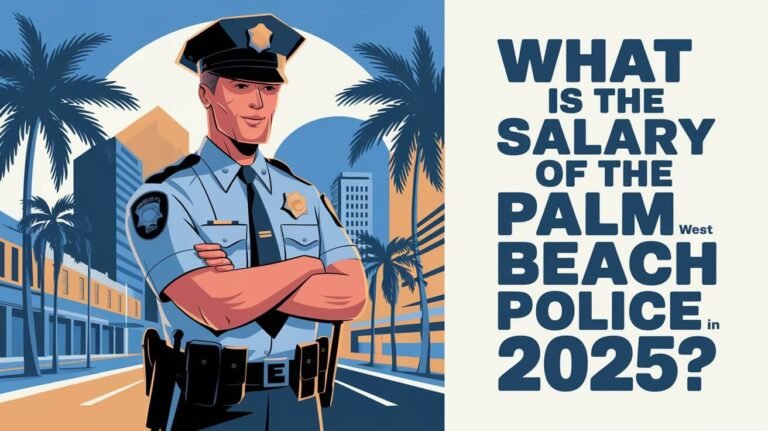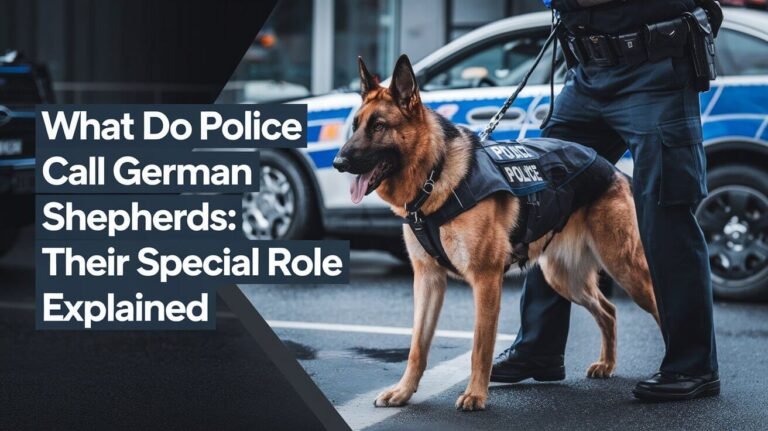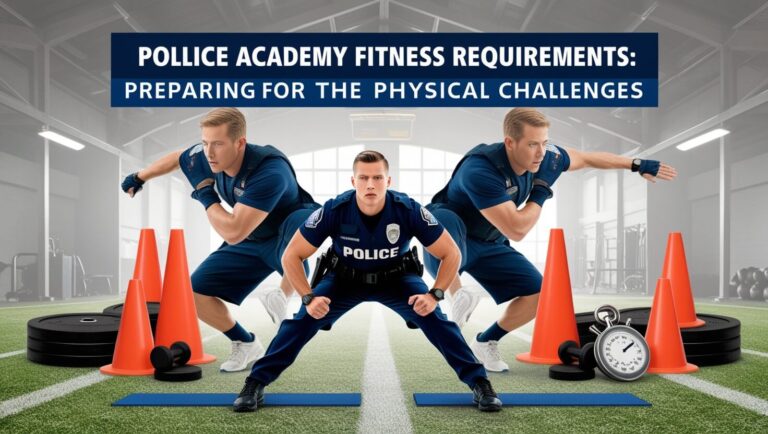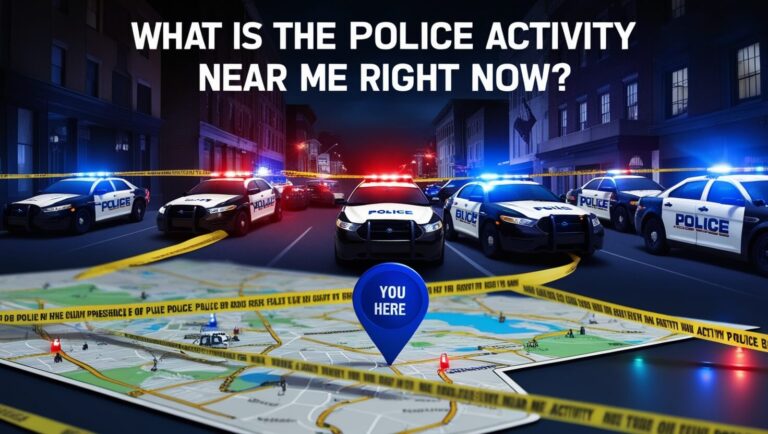How Many Police Are There In A Department? Latest Statistics
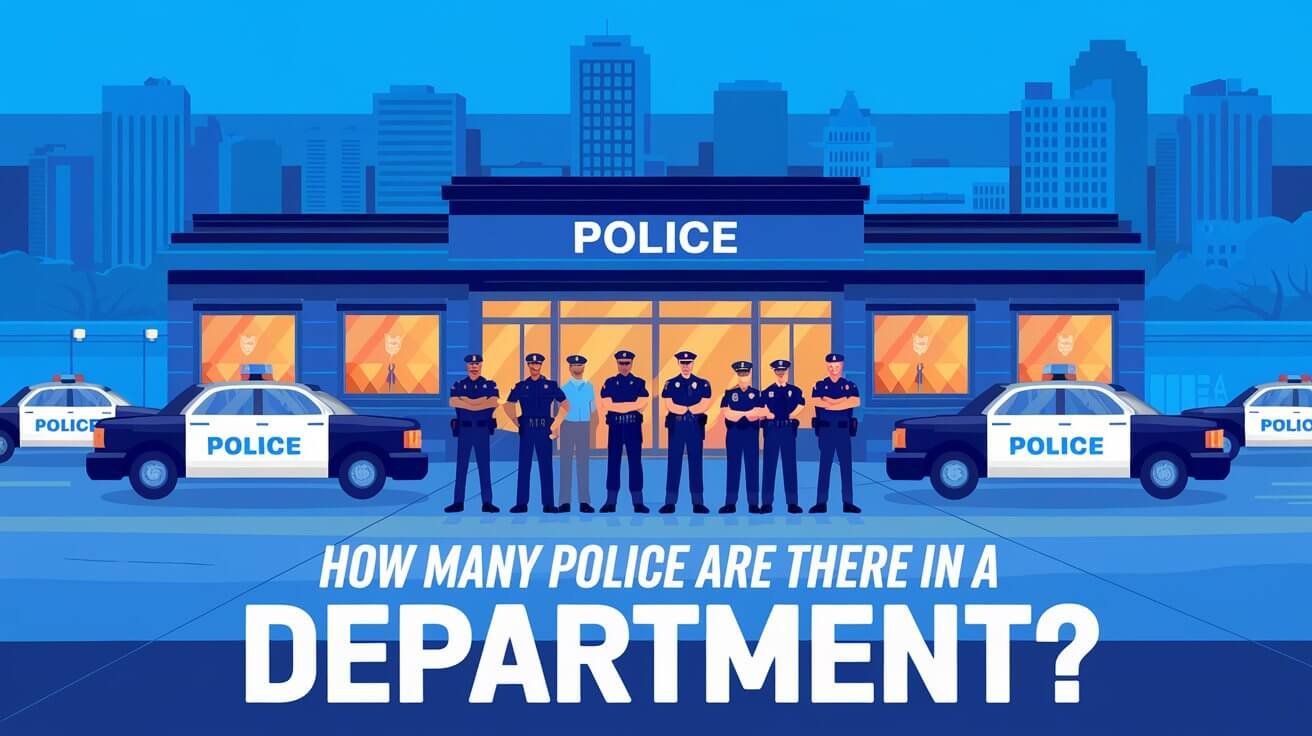
There are over 17,985 police agencies in the United States. Knowing how many police officers are in each department is key. It helps us see if a community is safe and if the police are doing enough.
The number of officers can change a lot. It depends on the community’s size, crime rates, and how much money they have. These things affect how many police are needed.
In 2024, more than 1,280,000 sworn law enforcement officers work in the United States. About 137,000 of them are in federal agencies. This shows how big and complex the issue of police department sizes is. It also shows why we need to think about staffing and budgets.
Police Department Size Categories
Law enforcement agencies in the United States are grouped into small, medium, and large departments. This grouping is based on the number of officers and the community size they serve. The FBI defines law enforcement officers as those who carry a firearm and badge, have arrest powers, and are paid by the government. This definition is key to understanding their role in community policing.
There are over 18,000 law enforcement agencies in the United States. They employ over 1 million people, with 906,037 full-time and 94,275 part-time employees. The size of a police department affects its community policing approach. Smaller departments often have closer ties with the community.
- Small departments: fewer than 10 officers, often serving rural or small towns
- Medium departments: 10-50 officers, serving larger towns or small cities
- Large departments: over 50 officers, serving major cities or metropolitan areas
These categories are not strict and can change based on community needs. Knowing these categories helps law enforcement develop effective community policing strategies. These strategies meet the unique needs of their community.
Population-Based Staffing Ratios
When figuring out how big a police department should be, looking at the population is key. A common rule of thumb is 2.5 officers for every 1,000 people. This helps departments know how many officers they need to keep everyone safe.
Crime rates and policing strategies also matter when setting staffing levels. For example, places with more crime might need more officers. The International City/County Management Association (ICMA) has studied different ways to staff police departments. They found five main methods: looking at crime trends, per capita, minimum manning, authorized/budgeted, and workload-based models.
A study looked at 62 police agencies and found big differences in staffing levels. In 2023, police departments had 2.51 officers for every 1,000 people, not counting schools and ports. Including all law enforcement, like sheriff’s offices and state agencies, the ratio was 2.17 officers per 1,000 people. Here’s a table showing the ratios from 2020 to 2023:
| Year | Police Departments (excluding schools and ports) | Overall Law Enforcement Ratio |
|---|---|---|
| 2020 | 2.24 officers per 1,000 population | 2.24 officers per 1,000 population |
| 2021 | 2.27 officers per 1,000 population | 2.27 officers per 1,000 population |
| 2022 | 2.31 officers per 1,000 population | 2.20 officers per 1,000 population |
| 2023 | 2.51 officers per 1,000 population | 2.17 officers per 1,000 population |
Using population-based ratios and considering policing strategies, law enforcement can better manage crime. This helps them provide top-notch service to their communities.
How Many Police Are There in a Department: National Averages
The number of police officers in a department varies across the country. The Bureau of Justice Statistics reports an average of 2.4 officers per 1,000 people. This number changes based on the community type, with cities often having more officers due to higher crime and population.
Having enough police is key to keeping communities safe. Yet, budget issues can limit the number of officers. Despite this, many officers are dedicated to their work. About 74% are happy with their job, and 60% are strongly committed to their department’s success.
Metropolitan Department Numbers
Big cities like New York and Los Angeles have the biggest police forces. These departments deal with more crime and complex situations. They need specialized units and equipment to handle these challenges.
Suburban Force Statistics
Suburban areas have smaller police forces but need many officers for safety. These departments face budget limits. It’s important for them to use their resources wisely.
Rural Department Staffing
Rural areas have the smallest police forces, facing big challenges. Despite these, rural departments are vital for safety. They often find creative ways to manage with limited resources.
Budget Impact on Department Size
Budgets greatly affect how big and effective a police department can be. The money available determines how many officers can be hired and trained. In 2021, the U.S. spent $135 billion on police, mostly by local governments.
To make the most of their budget, police departments need to plan carefully. They should focus on spending on programs that keep communities safe without breaking the bank. Important things to think about include:
- Historical precedent and traditional budgeting systems
- Long-term vision and plan for public safety
- Granularity in budgeting units beyond just departments and divisions
Police departments can make smart choices about how to use their resources. With an average of $407 spent on police per person in 2021, it’s key to spend wisely. This ensures they serve their communities well.
Geographic Factors Affecting Police Staffing
Geographic factors greatly influence police staffing needs. Urban areas face higher crime rates, needing more officers than rural areas. For example, in Danvers, Massachusetts, Area 4 received the most calls and hours.
Policing strategies must consider these factors for better resource use. Tools like Geographic Information Systems (GIS) and Automatic Vehicle Location (AVL) systems help. They analyze data on calls, areas, and response times to guide staffing decisions.
Urban Density Considerations
Urban areas need special policing due to high population and crime. Police must balance proactive and responsive policing to tackle urban challenges.
Rural Coverage Requirements
Rural areas require a different policing approach. With vast areas, police must focus on strategic deployment for effective coverage and response.
| Patrol Area | Calls for Service | Call Hours |
|---|---|---|
| Area 1 | 21% | 19% |
| Area 2 | 27% | 25% |
| Area 3 | 23% | 22% |
| Area 4 | 29% | 34% |
Understanding these factors helps police departments allocate resources better. This improves response times and public safety.
Specialized Units and Their Impact on Department Size
Specialized units are a common choice for law enforcement when resources are tight. These teams, like SWAT and K-9 units, need special training and gear. This can raise the department’s budget and staffing needs.
Some common specialized units in law enforcement agencies include:
- Traffic units
- Drug enforcement units
- Domestic violence units
These units offer vital services that boost public safety and emergency response. For instance, domestic violence units help lower intimate partner violence rates. This violence affects nearly 20 people every minute in the U.S.
National Institute of Justice found that investigators often have low clearance rates. Patrol officers, on the other hand, play a big role in solving crimes. Specialized units, like traffic and drug enforcement, are more common in big cities. They help tackle specific crime issues in these areas.
Civilian Staff to Officer Ratios
The number of civilian staff compared to officers is key to a police department’s size and efficiency. Civilian staff help support police work and serve the community. In big cities, police might only work six days a week, except in emergencies. This affects how many civilian staff are needed.
Police departments use a mix of officers and civilian staff. For example, the Portland Police Bureau is looking to use more civilian staff to solve staffing issues. Civilian staff can handle many tasks, like:
- Administrative jobs, like human resources and finance
- Technical support, such as IT and communications
- Community service roles, like outreach and education
Knowing the right balance of civilian staff and officers helps departments work better. This leads to better community service and more efficient use of resources.
Crime Rate Correlation to Department Size
It’s important to understand how crime rates and police department size are connected. When crime rates are high, more police are needed to keep everyone safe. But, the link between crime rates and police size is not simple. It depends on many things, like what the community needs and how much money is available.
Studies have shown that certain policing methods can really help lower crime. For instance, a study in Philadelphia found that walking patrols cut crime by 23% in just twelve weeks. Also, community policing has led to more police stations, mainly in cities.
Several factors affect how crime rates and police size are connected. These include:
- What the community needs and wants
- How much money is available and how it’s spent
- The policing methods used
- Things like where the community is and who lives there
Knowing these factors and how they affect crime, police can make better plans. These plans can help lower crime and make people feel safer.
| Factor | Influence on Crime Rates |
|---|---|
| Community policing | Positive impact, leads to increased trust and cooperation |
| Hotspot policing | Positive impact, leads to targeted crime reduction |
| Foot patrols | Positive impact, leads to increased visibility and deterrence |
Modern Policing Technology and Staffing Needs
Law enforcement agencies are using new technology to make public safety better and work more efficiently. Tools like predictive policing are getting smarter with machine learning. This change is helping police predict and stop crimes more effectively.
Technology is also changing how police need to staff their departments. Automation and digital systems help police work better and need fewer people in some roles. But, many older police officers are retiring, leaving gaps in staffing. This shows the need for good strategies to fill these gaps.
Impact of Technology on Policing
Technology has a big impact on policing. It makes police services better and faster. But, it also means police might need fewer people in some jobs. This makes police departments rethink how they staff and work.
- Body-worn cameras to increase transparency and training opportunities
- In-car videos, or dashcams, to contribute to officer safety and reduce department liability
- GPS applications to assist law enforcement in communication and crime-solving
- Automated scheduling software to enhance police department operations and reduce costs
Using technology and smart strategies, police can keep communities safer. They can also work more efficiently and achieve better results.
Final Say
Understanding police department sizes and makeup is key for good community policing and safety. By looking at national averages and staffing, departments can use their resources well. They can also tailor their strategies to meet community needs.
The aim of modern policing is to build strong partnerships with communities. By using community policing, departments can gain trust and address local issues. They can also find new ways to solve big problems. With data and technology, police can keep improving and protect the public better.
Frequent Questions
How many police officers are in a department?
The number of police officers varies a lot. It depends on the community size, crime rates, and budget. Knowing this helps ensure public safety and meet community needs.
What are the different categories of police department sizes?
Police departments are divided into small, medium, and large sizes. Small departments have less than 10 officers and serve small towns. Medium departments have 10 to 50 officers for larger towns. Large departments have over 50 officers for big cities.
What is the population-based staffing ratio for police departments?
The ideal ratio is 2.5 officers per 1,000 residents. This helps departments check if they have enough officers for effective policing.
What are the national averages for police department sizes?
Big cities have more officers due to crime and population. Smaller areas have fewer officers. Knowing these averages helps departments compare and plan.
How does a department’s budget impact its size?
A department’s budget greatly affects its size and services. Limited budgets mean fewer officers, less training, and fewer resources.
How do geographic factors affect police staffing needs?
Urban areas need more officers due to crime and density. Rural areas need more to cover large areas. These factors greatly influence staffing needs.
How do specialized units impact department size?
Units like SWAT teams and K-9 units increase department size. They need special training and equipment, raising the budget and staffing needs.
What is the ideal ratio of civilian staff to officers?
The ratio of civilian staff to officers is key to a department’s size and efficiency. Civilian staff supports police operations and community services.
How does crime rate affect department size?
Crime rates and department size are linked but complex. High crime rates may require more officers. But, other factors also play a role.
How does modern policing technology impact staffing needs?
New technology changes staffing needs. It can improve services but also reduce the need for some personnel. Departments must adjust their strategies to technology’s impact.

